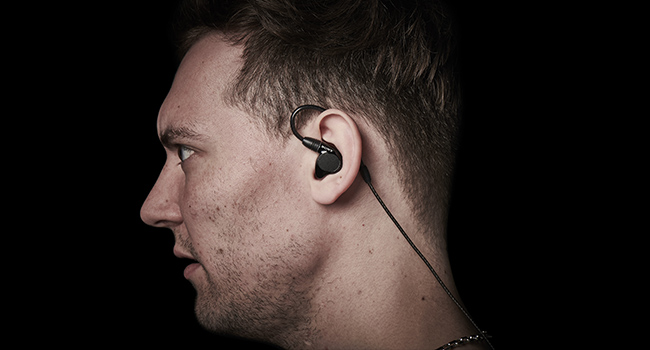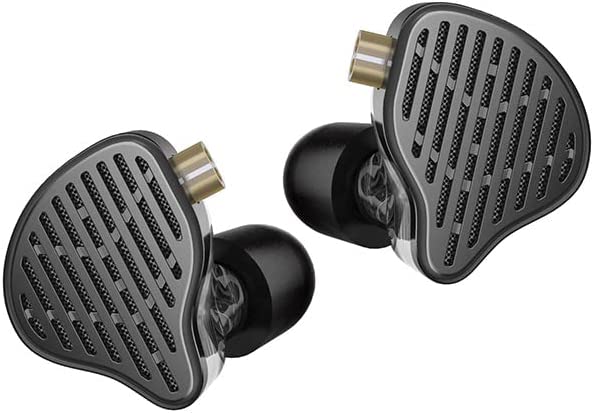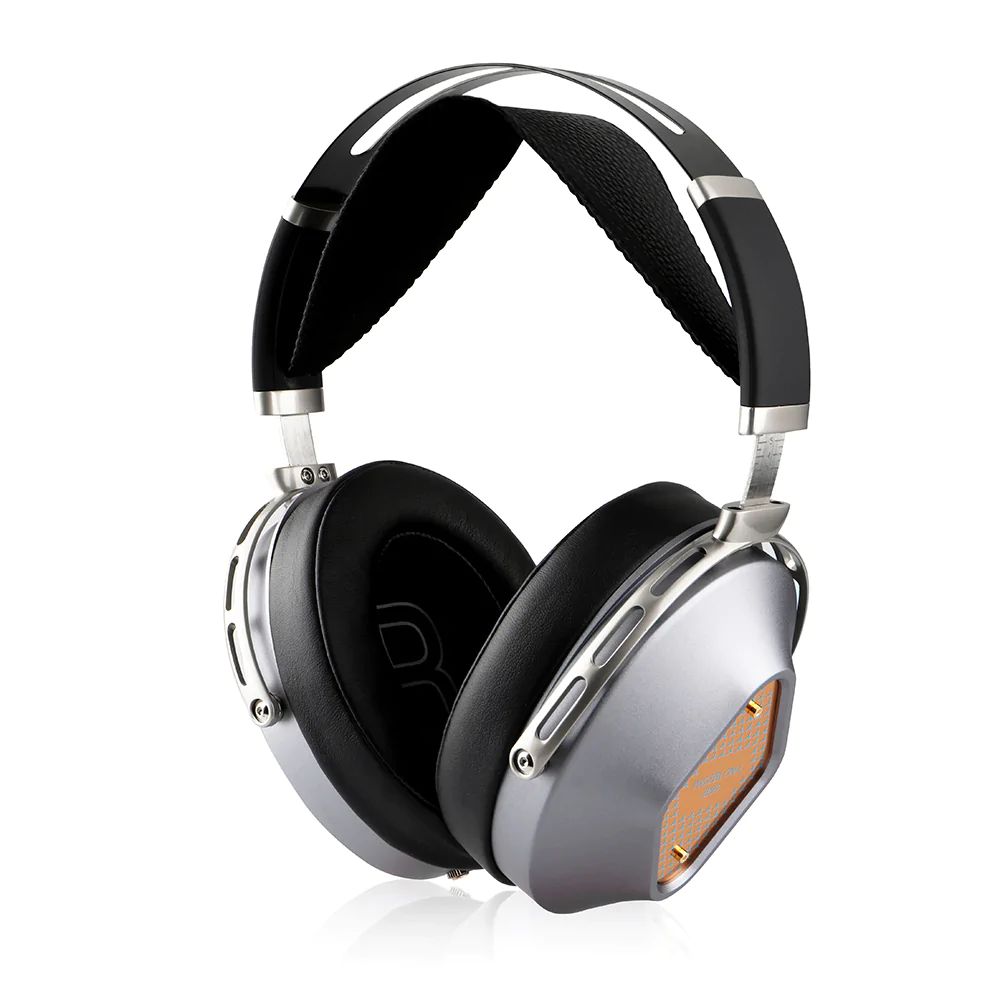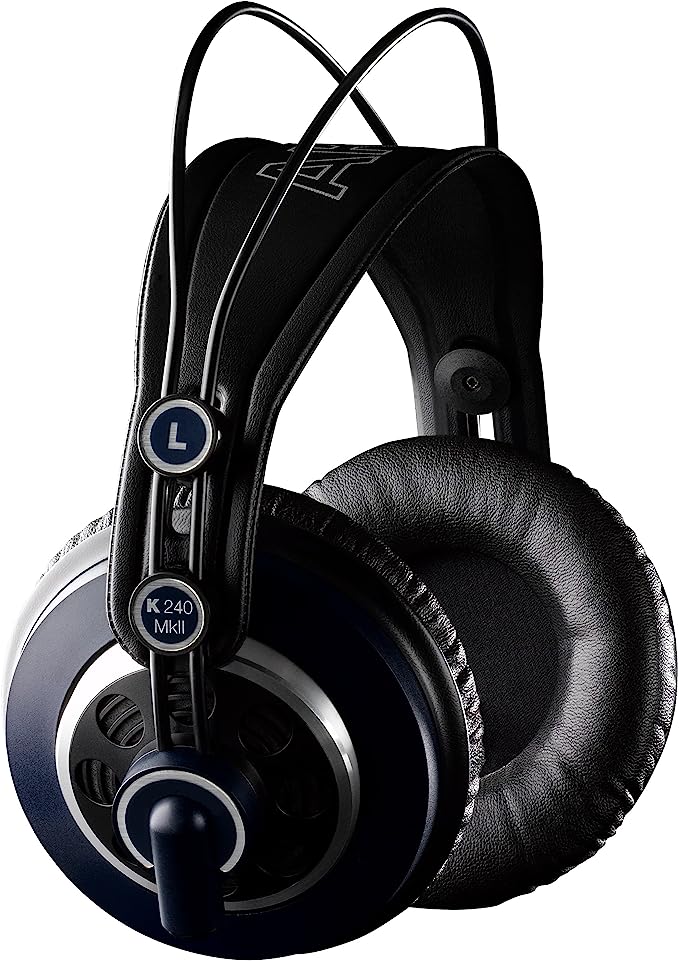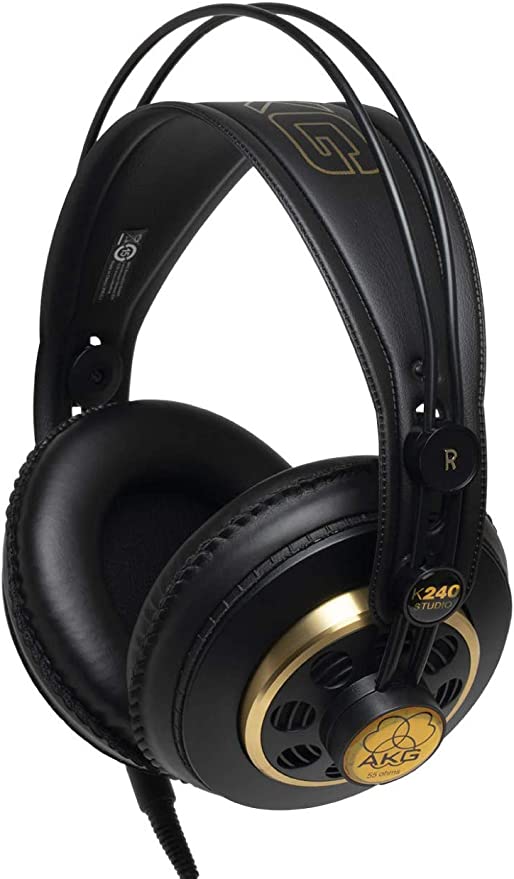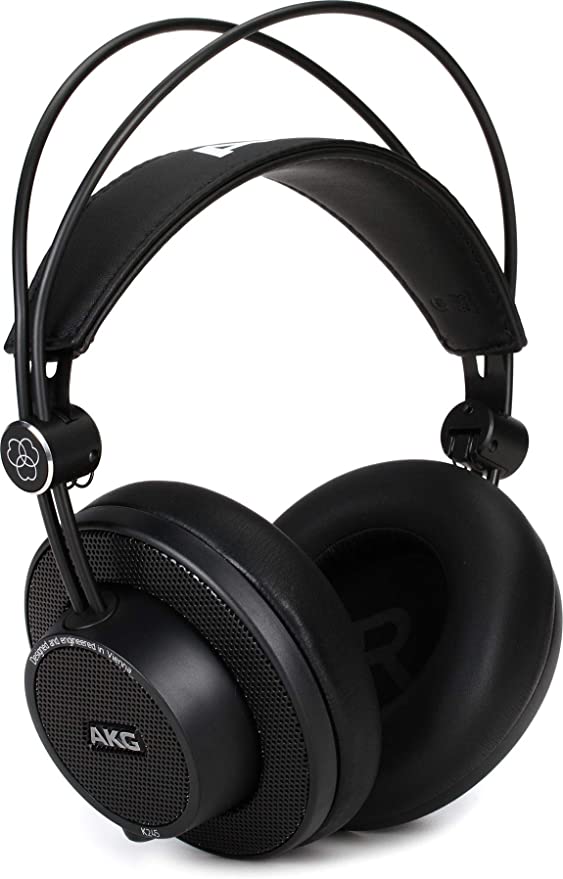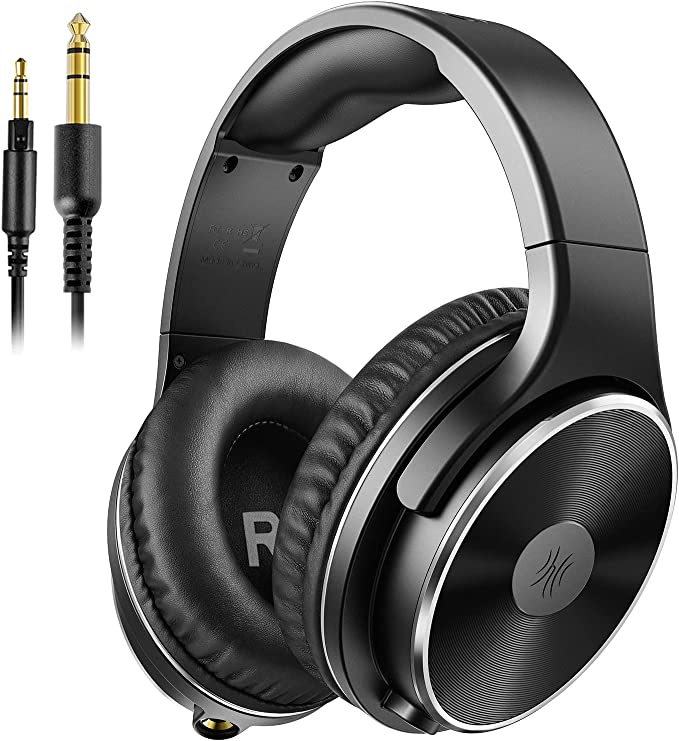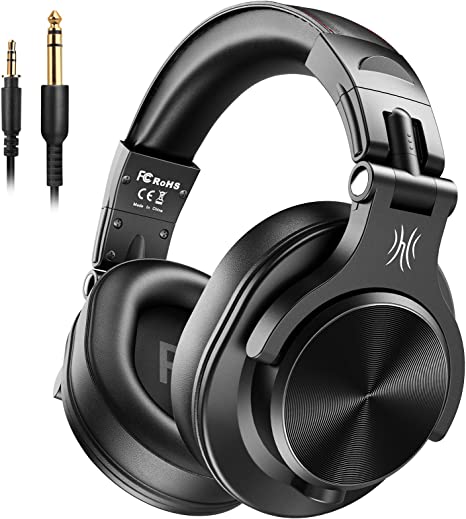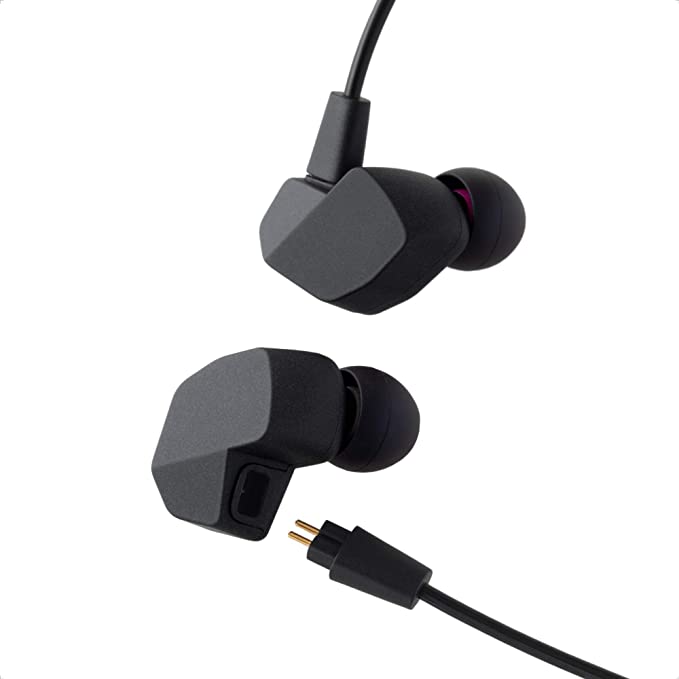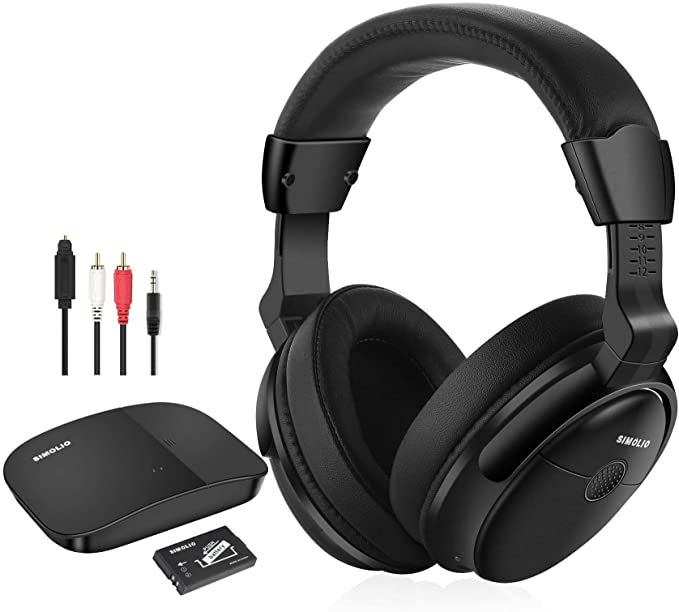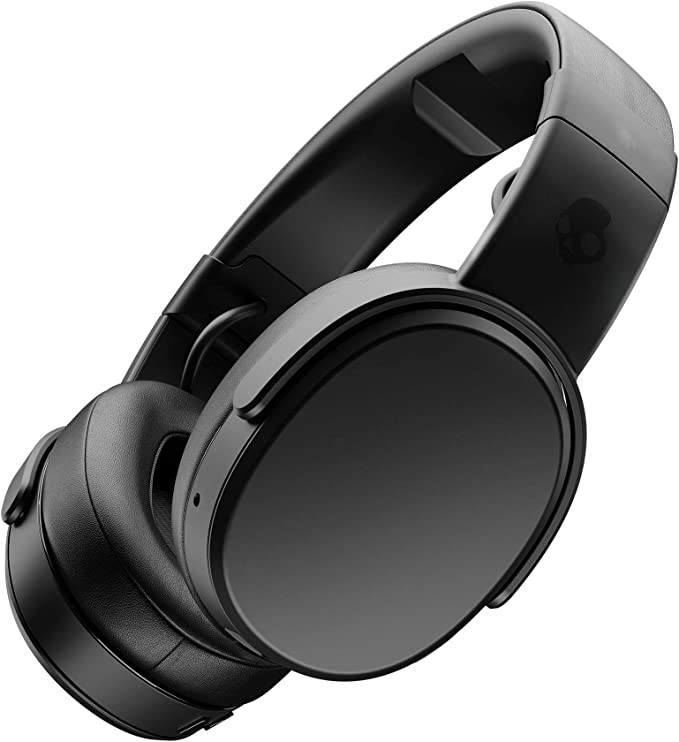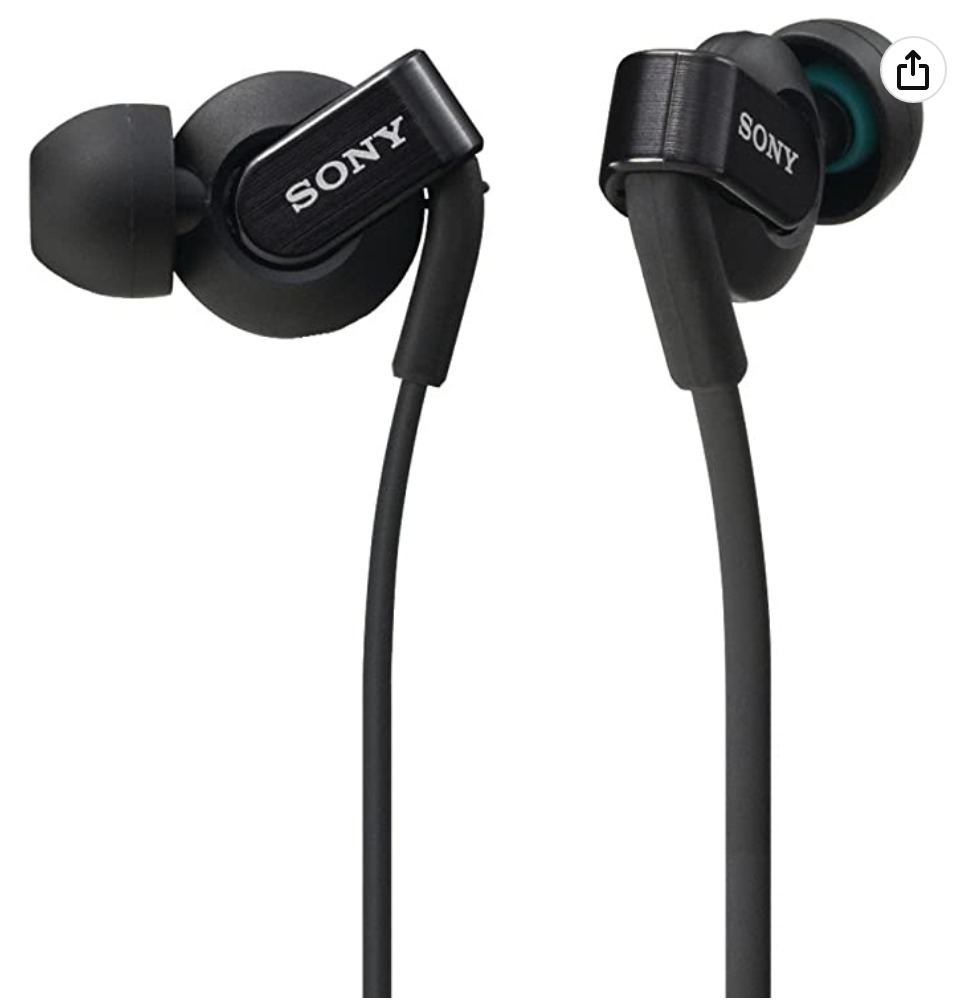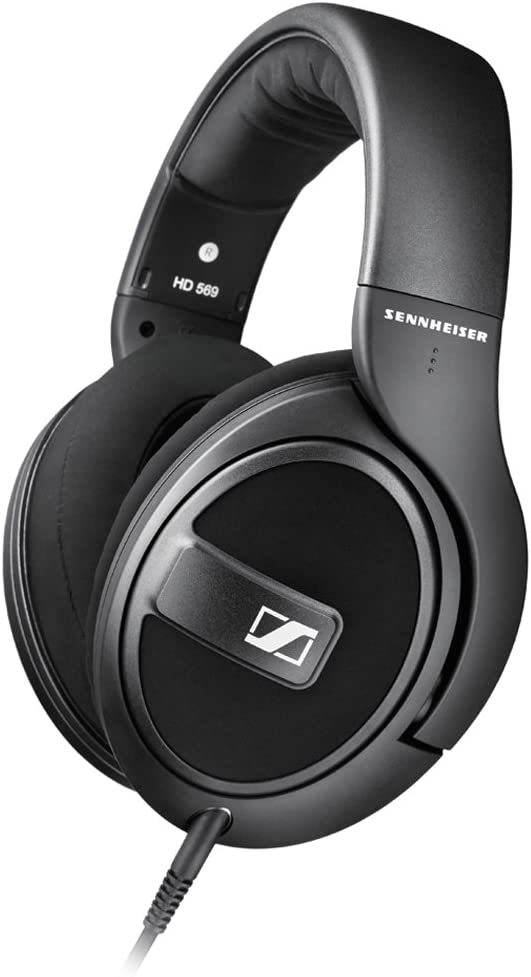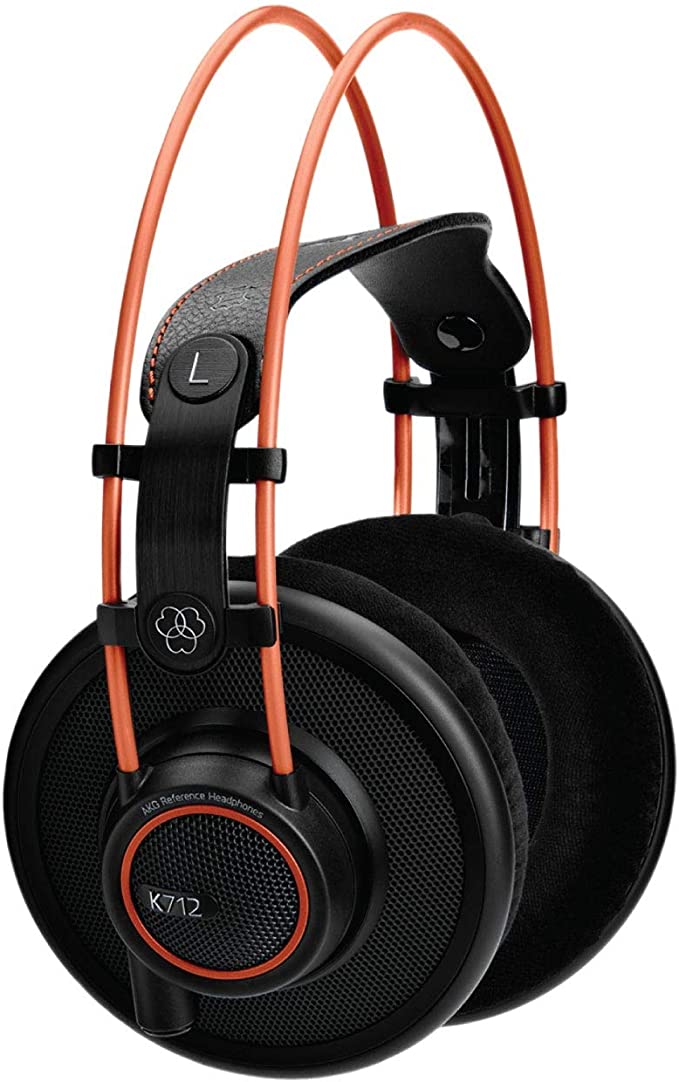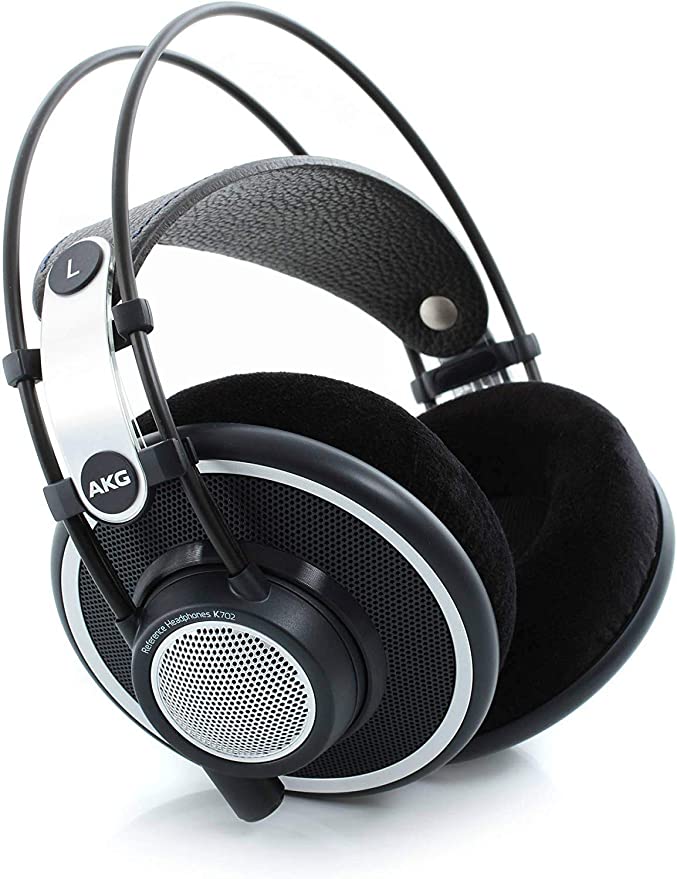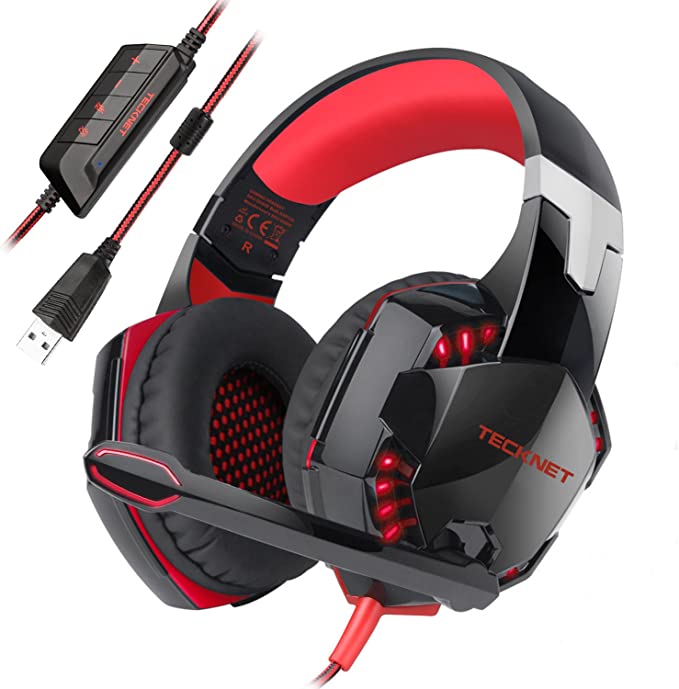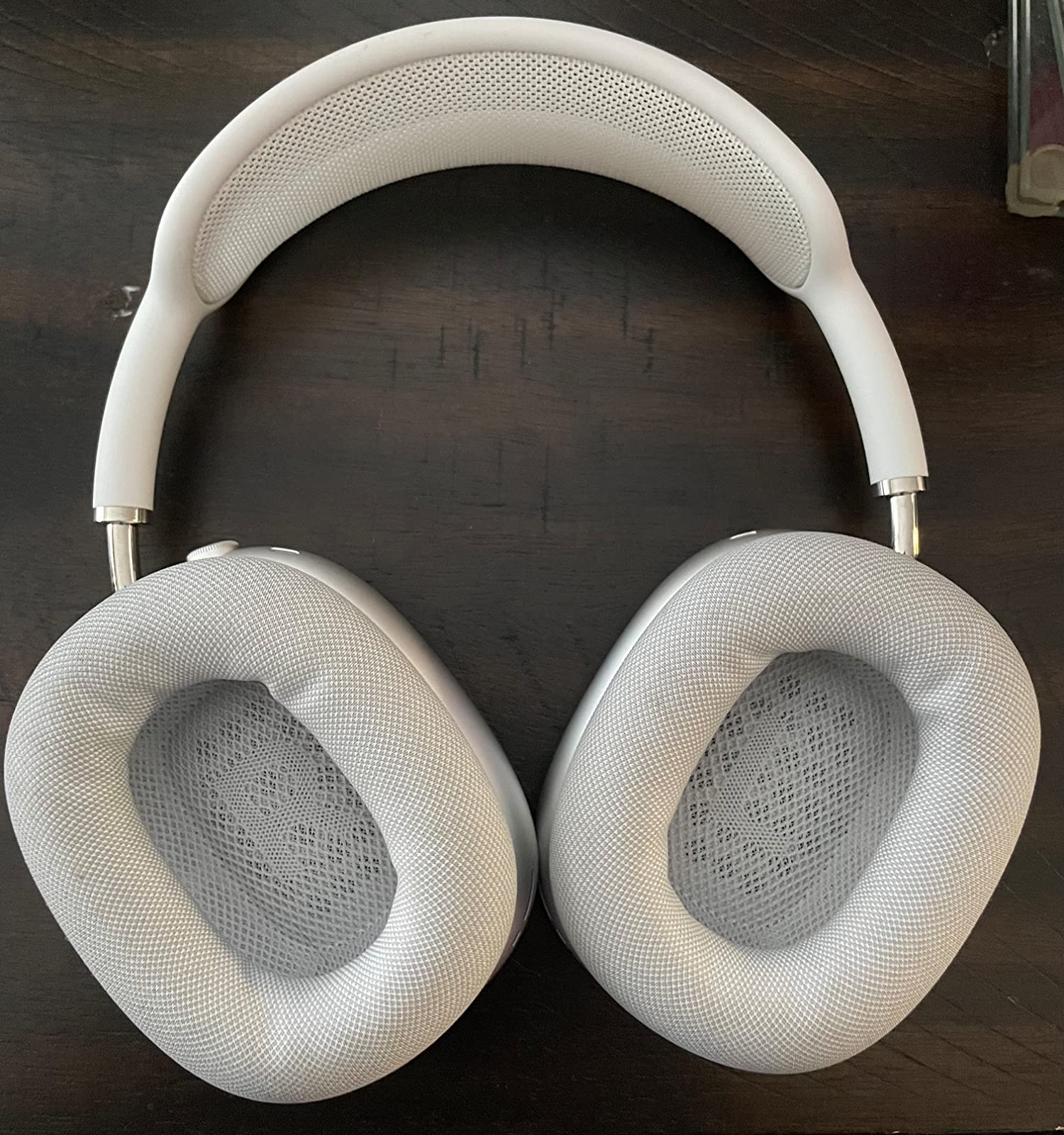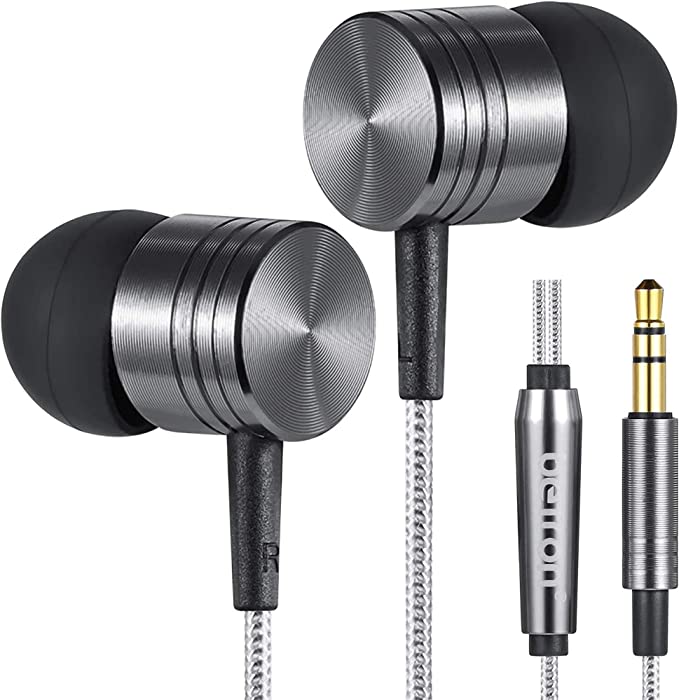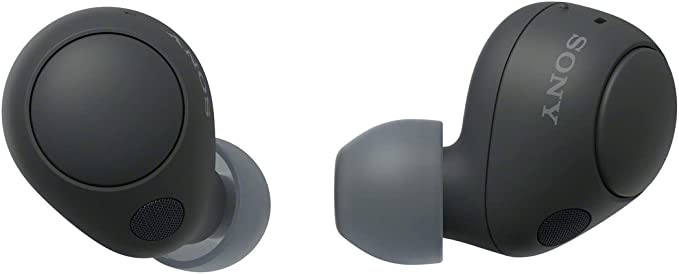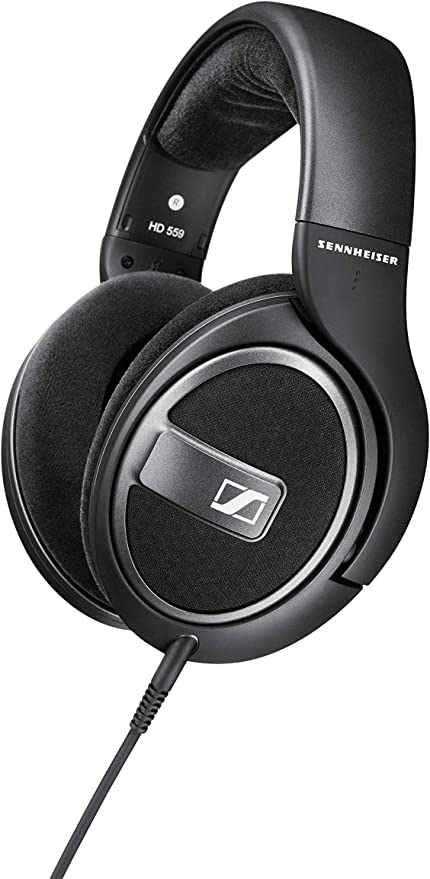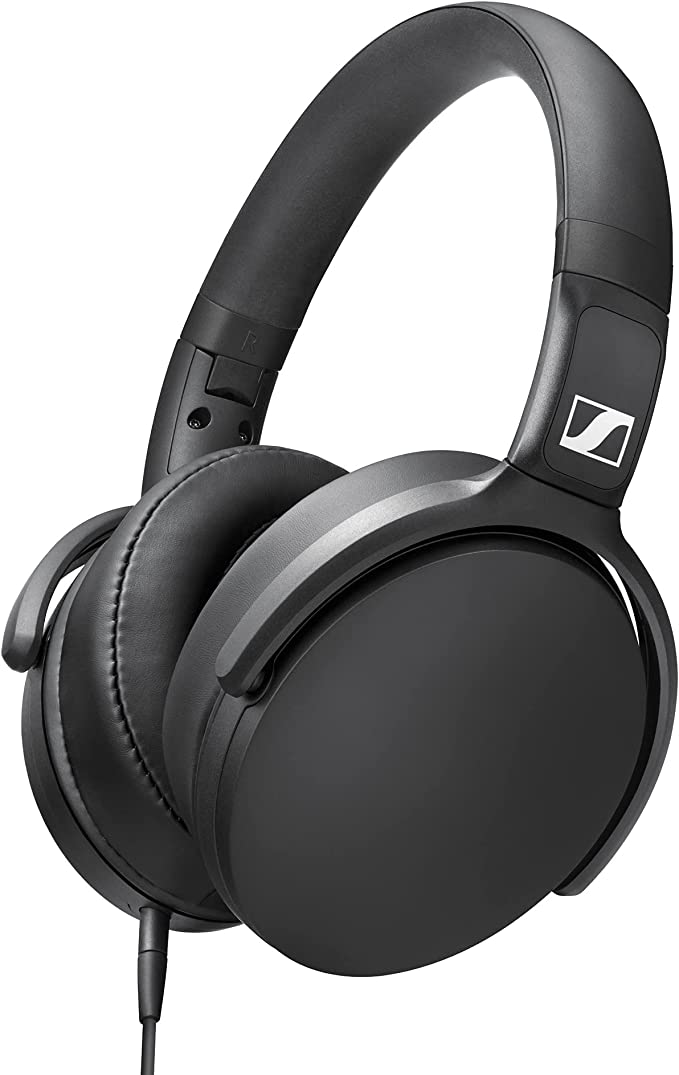Linsoul FATfreq x HBB Deuce Professional Super-bass in Ear Monitor - Unleash the Thunderous Depths of Your Music
Update on July 24, 2025, 10:37 a.m.
The stage lights are blinding, the air thick with heat and anticipation. But for the drummer locked in behind the kit, the world is a churning vortex of noise. The roar of the crowd, the piercing wail of a guitar amp, and the thudding bass rig all merge into a single, overwhelming wave of sound. In this sonic chaos, the most fundamental task becomes an impossible challenge: to hear the precise snap of their own snare, the deep tone of the floor tom. This isn’t a mere inconvenience. It’s a profound artistic isolation, a disconnect from the very rhythm they are tasked to create.
This struggle, shared by countless musicians, is the very crucible in which the modern in-ear monitor (IEM) was forged. Long before they were a staple for audiophiles, IEMs were a desperate solution to a professional crisis. The story, now a legend in audio engineering circles, often begins with the rock gods of the 1980s. Faced with dangerously loud stage volumes that were causing hearing damage, touring musicians needed a way to both protect their ears and hear a clear mix of their own performance. It was a sound engineer named Jerry Harvey who, working with Alex Van Halen, pioneered the first custom-molded earpieces, effectively inventing a new category of audio device. The IEM was born not as a luxury, but as a vital piece of professional equipment—a tool for survival and artistry on the world’s loudest stages.

The Modern Challenge: Recreating the Foundation
Decades later, that original purpose has branched out. The challenge is no longer just about hearing, but about feeling. In the vast landscape of modern music—from the seismic drops of electronic dance music to the intricate bass lines of jazz fusion and the foundational 808s of hip hop—the low frequencies are the bedrock. They are the physical, visceral component of sound that connects music to our bodies. Yet, for years, faithfully reproducing this foundation in a tiny earpiece has been the holy grail of audio design, a quest plagued by a common enemy: mud.
Most consumer earphones that attempt to deliver powerful bass do so with a blunt instrument, boosting a wide swath of low-end frequencies. The result is a boomy, indistinct mess where the kick drum, bass guitar, and lower registers of a synthesizer melt into one another. The power is there, but the clarity, the texture, the articulation, is lost. To solve this requires moving beyond simple amplification and into the realm of sophisticated acoustic engineering, a field exemplified by devices like the Linsoul FATfreq x HBB Deuce. This IEM is a direct descendant of those early stage monitors, built to tackle the modern challenge of low-frequency fidelity.

Inside the Engine Room: The Physics of Controlled Power
The journey into articulate bass begins with the transducer—the miniature engine that creates sound. The Deuce utilizes a 10mm dynamic driver, but the secret to its performance lies in a detail that is easy to overlook: its dual-magnet structure. Think of a standard driver’s magnet as a car’s engine. A dual-magnet system isn’t just a bigger engine; it’s a bigger engine paired with a far superior transmission and braking system.
This second magnet creates a more powerful and symmetrical magnetic field, exerting a much tighter grip on the voice coil and the attached diaphragm. When a deep bass note demands the diaphragm travel a great distance (high excursion), this enhanced control, or damping, prevents it from overshooting its target or flexing unnaturally. It’s this loss of control that produces distortion and turns a sharp, impactful kick drum into a dull thud. By maintaining its composure under pressure, the dual-magnet driver delivers power with precision, allowing the listener to distinguish the initial strike of a beater on a drumhead from the subsequent decay of the shell’s resonance. It’s the source of clean, textured, and visceral power.
The Architecture of Air: Tuning as an Art Form
A powerful, well-controlled driver, however, is only half the story. If the driver is the string of a violin, the IEM’s shell is the wooden body that gives it its voice. A driver firing into an empty, unrefined space will produce sound, but it won’t produce music. This is where the science of acoustic architecture, a specialty of the engineers at FATfreq, comes into play.
The seemingly solid, 3D-printed resin shell of the Deuce is, on the inside, a labyrinth of precisely calculated chambers and vents. This internal geometry is not arbitrary; it functions as a passive acoustic filter. Drawing on principles like Helmholtz resonance—the same physics that allows you to create a tone by blowing across the top of a bottle—engineers can use these airspaces to manage pressure and shape the sound waves as they travel from the driver to the ear.
This allows for a remarkably nuanced approach to tuning. Instead of a clumsy, broad bass boost, the internal architecture can be designed to elevate only the deepest sub-bass frequencies while simultaneously carving out a space for the mid-bass to remain tight and punchy. It ensures that the deep rumble of a cinematic explosion doesn’t bleed into and obscure the clarity of the dialogue. This meticulous manipulation of air and resonance is the true art of modern IEM design. It’s what separates a finely tuned instrument from a simple noisemaker.
The Silent Highway: Purity in the Signal Path
The final leg of the sonic journey is the cable, the pathway that delivers the electrical signal to the driver. The Deuce offers the option of a 4.4mm balanced connector, and for the audio purist, this choice is as significant as any other component. To understand why, one must visualize the flow of electricity.
In a standard 3.5mm headphone jack, the left and right audio channels are sent down separate wires, but they share a single, common wire for their return path, known as the ground. This shared path is like a busy, two-way road where signals can sometimes interfere with each other, a phenomenon called crosstalk. It’s a tiny amount of leakage, but it can be enough to subtly compress the stereo image, making the sound feel narrower and less defined.
A 4.4mm balanced connection is an elegant solution. It provides a completely separate return path for each channel. In our analogy, it replaces the single two-way street with a pristine, multi-lane highway where the left and right channels have their own dedicated lanes, free from interference. For the studio engineer trying to place an instrument precisely in the stereo field, or the musician on stage depending on a clear mix, this elimination of crosstalk ensures the signal arrives at the driver with its integrity completely intact.

Conclusion: The Tool Becomes the Experience
From a desperate fix in the wings of a rock concert to a precision instrument on an audiophile’s desk, the in-ear monitor has had a remarkable journey. A device like the Linsoul FATfreq x HBB Deuce is a testament to this evolution. It is not merely a collection of impressive specifications, but a holistic system where every component serves a distinct purpose rooted in the history and science of sound reproduction.
The controlled power of its dual-magnet driver, the acoustic artistry of its tuned shell, and the signal purity of its balanced connection all work in concert to solve a fundamental problem. The inclusion of a collaborator like HBB (Hawaiian Bad Boy), a respected voice from the audio community, ensures that this formidable engineering is aimed squarely at the desires of passionate listeners. The end result is a tool that closes the gap between the listener and the recording. It grants the ability to step inside the music, to dissect its layers, to follow the bassist’s fingers on the fretboard, and to feel the foundational, rhythmic heartbeat that gives music its soul.

